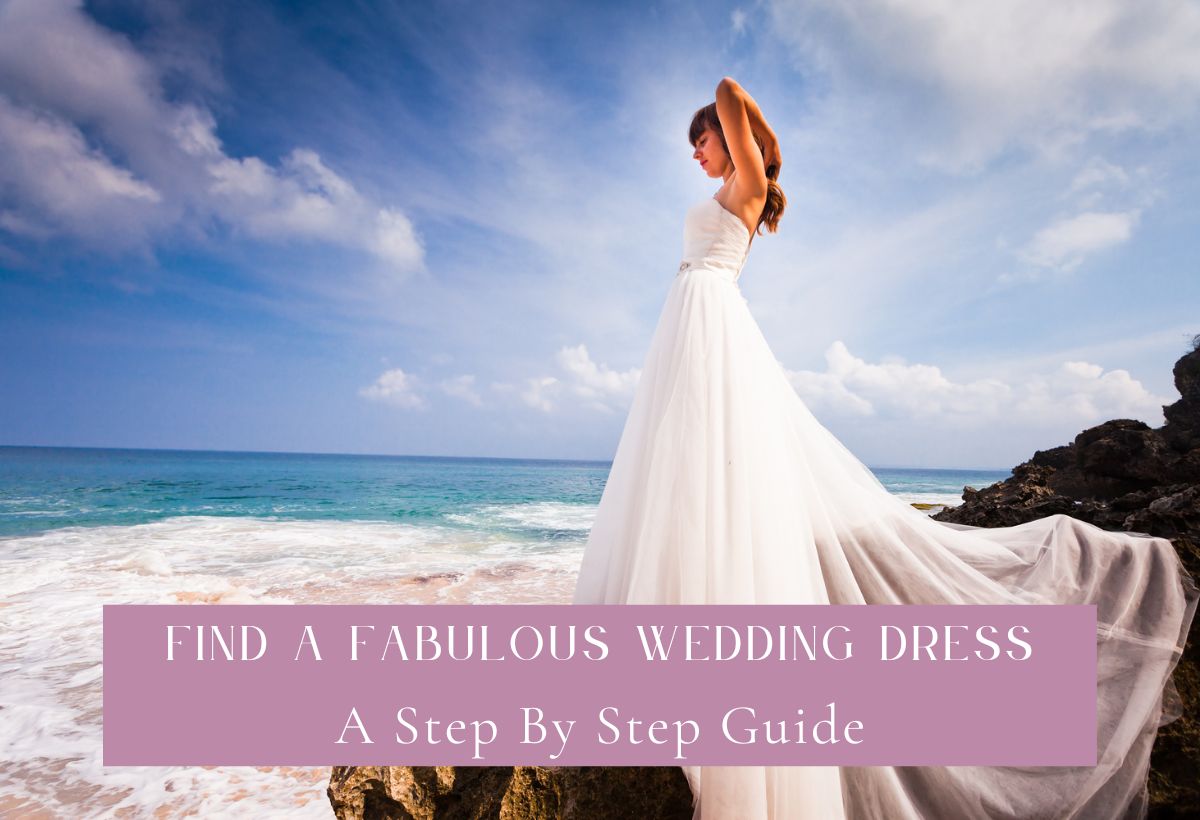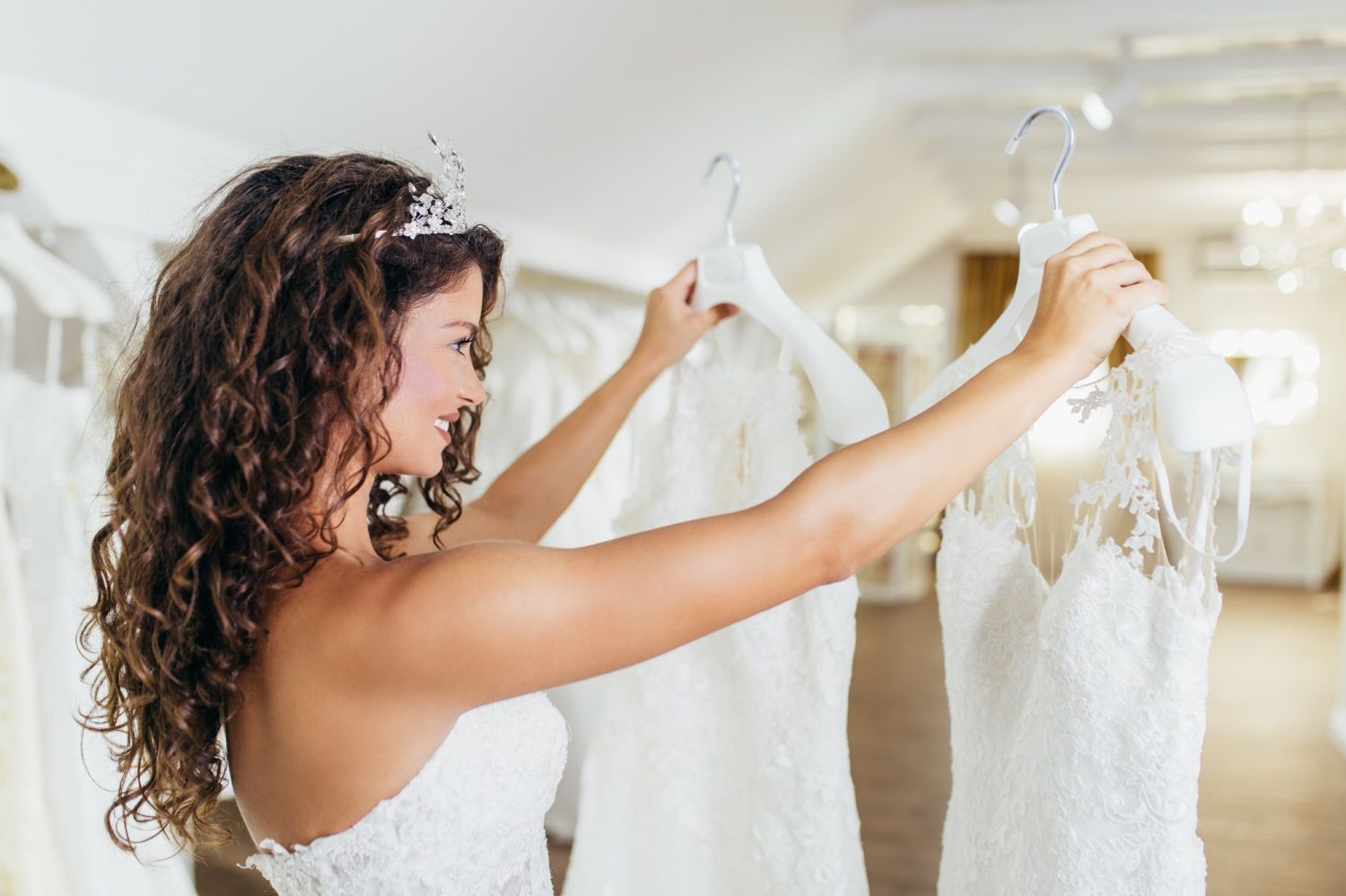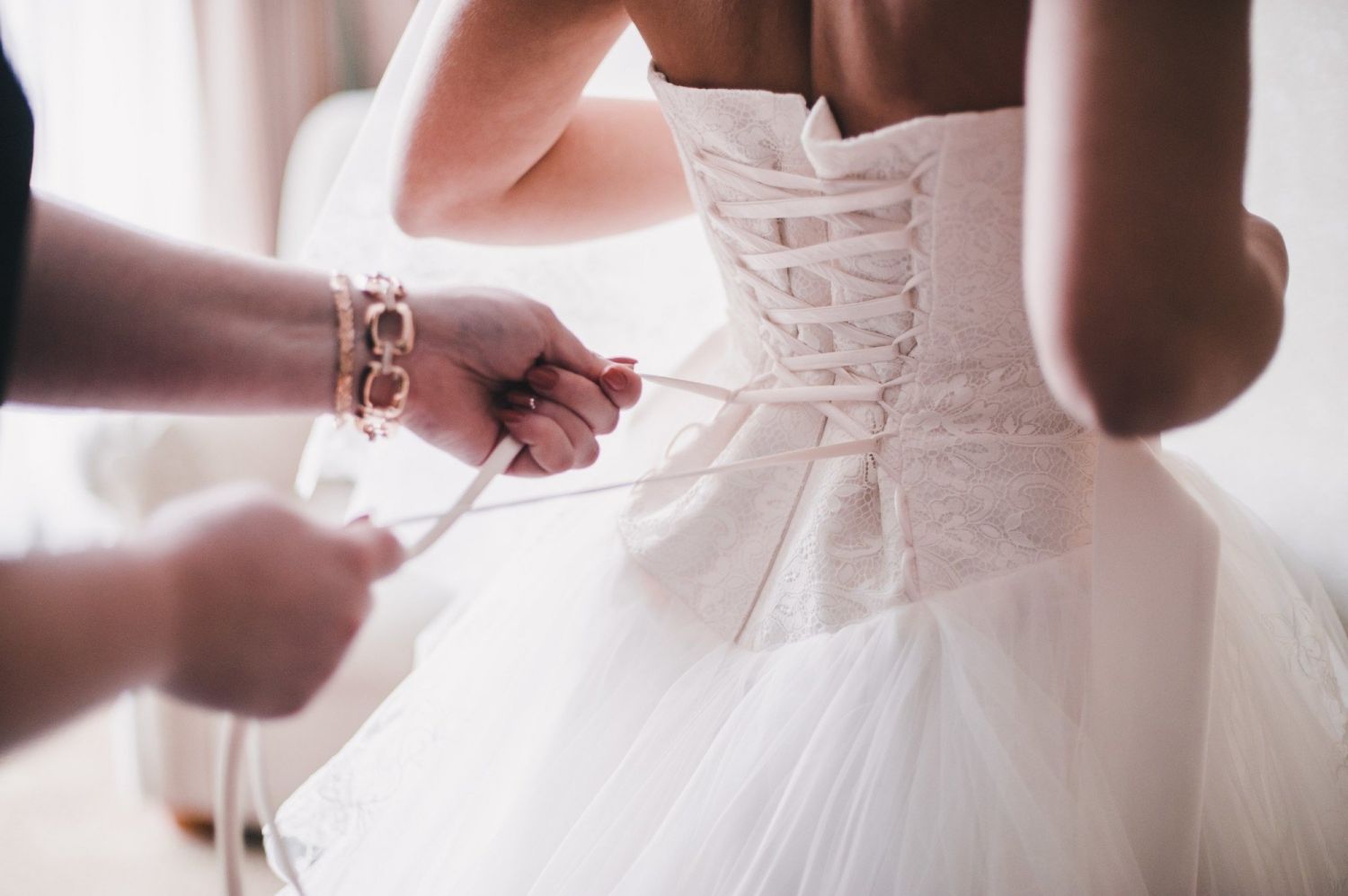
Find A Fabulous Wedding Dress: A Step By Step Guide
Your wedding day – an occasion where you are the star of a show, about to walk down the aisle in a gown that speaks volumes without uttering a word. The choice of wedding dress is an intimate reflection of your personal style, reverberating with the joy and significance of the day. It’s the very fabric that encapsulates the narrative of your love, and finding that perfect dress can be a heady mix of emotions and exhilaration.
In this comprehensive guide, we will lead you through the intricate labyrinth of finding a wedding dress that not only flatters your body but also resonates with your personal style and never breaches your budget.
Understanding Your Style
Before you fall head over heels for any dress, it’s crucial to understand your style preferences. Here’s how you zero in on your perfect look:
Exploring Different Dress Styles
Wedding dresses come in a multitude of styles, each designed to accentuate different features and portray different aesthetics. The ball gown, with its Cinderella silhouettes, is perfect for those dreaming of a fairy-tale entrance. The mermaid style is for the bold and the confident, with its curve-hugging outline. The timeless A-line is a universally flattering style that’s a favorite among many. Delve into the nuances of each, and envision how you’d love to look on your special day.
Consider Body Type and Personal Preferences
Your body type should be a guiding star when deciding the style of your wedding dress. Pear-shaped brides should opt for a dress that highlights their smaller waist and plays down the hips and thighs. Athletic builds can opt for the glamorous sheath style to add curves, while busty brides should pay attention to necklines. Equally significant is the consideration of personal preferences – do you want to be comfortable all day in a lightweight dress or make a statement in a grand, luxurious gown? Your comfort and confidence is paramount.
Setting a Budget
Budgeting for a wedding dress can be complex, but it’s a necessary step to avoid overspending. Here’s how to set a realistic budget:
Establishing a Realistic Budget for the Dress
The cost of a wedding dress can vary greatly, from a few hundred dollars for off-the-rack finds to several thousand for custom-made or designer pieces. Take an honest look at your finances and decide on a budget range that’s comfortable for you. Remember to include any alterations that might be needed.
Cost-Saving Strategies Without Compromising Quality
There are numerous ways to save on a wedding dress without sacrificing style or quality. Look for sample sales, and trunk shows, or even consider second-hand options. Sometimes, a vintage dress from another era can be more meaningful and beautiful than a brand-new one.
Researching and Shopping
Armed with your style preferences and a budget in hand, it’s time to hit the shops. But not before doing your research:
Utilizing Bridal Magazines, Online Resources, and Social Media for Inspiration
Sift through bridal magazines, various websites, and Instagram with a discerning eye. Save the styles that catch your gaze and start to see if there’s a pattern in your choices. Whether it’s stunning lace bridal dresses you’re looking for or modern minimalist gowns, these resources can provide inspiration and give you an idea of what’s available in the market. That way, you can make informed decisions when shopping.
Booking Appointments at Bridal Boutiques and Understanding the Shopping Process
Most importantly, book appointments at bridal boutiques. The experience of trying on dresses in a reputable shop with attentive staff can’t be replaced. Be open to trying on different styles even if you’re not immediately drawn to them. Sometimes the dress you never thought you’d love becomes the one you can’t live without.
Fitting and Alterations
Once the dress is chosen, the next crucial step is ensuring it fits you like a glove:
Importance of Professional Fittings and Alterations
Professional fittings are a must to get the right measurements. Your dress should be snug but still allow you to eat, breathe, and move. The cost of alterations is often overlooked in the budgeting process, but they are a crucial part of the dress acquisition process.
Timelines for Alterations and Final Fittings
Start alterations about two or three months before the big day to allow for changes and the additional time it might take to get your dress how you want it. There might be multiple fitting sessions, so plan accordingly.
Finding your perfect wedding dress is a milestone in the wedding planning process. It’s about more than just clothes; it’s about finding a dress that embodies your personal style and the spirit of the day. Remember to enjoy the process – it’s a once-in-a-lifetime experience.
By following this step-by-step guide, you’ll ensure that you find a fabulous wedding dress that makes you feel beautiful, confident, and ready to take the most important step of your life. Congratulations and happy dress hunting!


